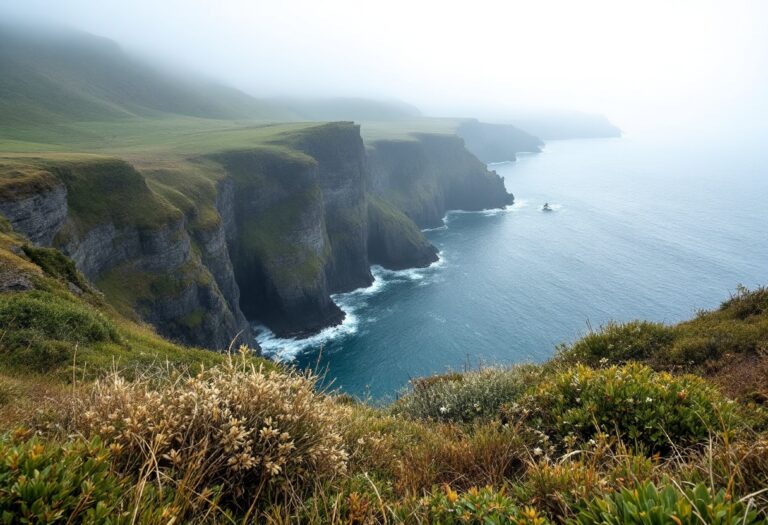A decade of North Coast 500: Balancing tourism growth with community needs

Topics covered
Since its launch a decade ago, the North Coast 500 (NC500) has transformed into a prominent tourist route, attracting visitors from around the globe. Spanning 516 miles through the breathtaking Highlands of Scotland, it has garnered comparisons to iconic road trips like Route 66.
However, this surge in popularity has not come without its challenges, particularly for the local communities that line the route.
Overtourism and its consequences
The rapid rise in tourism along the NC500 has led to significant strain on local resources and infrastructure.
Residents have reported an influx of visitors who often exhibit disrespectful behavior, such as improper waste disposal and overcrowding in small villages. Robin Pettigrew, a Lochcarron resident and administrator of the Facebook group NC500 The Dirty Truth, highlights the negative impact of this tourism boom.
He notes that while he supports responsible tourism, the current situation has led to a ‘fast food mentality’ regarding hospitality, where tourists rush through communities without truly engaging with them.
Community responses to tourism challenges
In response to the challenges posed by overtourism, local residents are advocating for measures to promote responsible tourism. The NC500 Ltd has introduced a visitor pledge aimed at encouraging tourists to respect the environment and support local communities. However, many locals feel that these initiatives are not enough to address the pressing issues they face. With public toilets frequently clogged and local amenities overwhelmed, the need for sustainable tourism practices has never been more urgent.
The housing crisis exacerbated by tourism
Another significant concern for residents is the housing crisis fueled by the rise of holiday lets and Airbnbs. As properties are snapped up for short-term rentals, local residents find themselves unable to afford housing. Pettigrew emphasizes that the influx of tourists has not translated into job creation, as the lack of affordable housing prevents workers from settling in the area. This situation has led to a growing sentiment among locals that the benefits of tourism are not being equitably shared.
Looking ahead: Sustainable solutions for tourism
As the NC500 continues to attract visitors, the conversation around sustainable tourism practices is more critical than ever. Highland Council is exploring the possibility of implementing a vehicle-based levy to help manage the impact of tourism on local communities. While this proposal is still under consideration, it reflects a growing recognition of the need to balance tourism growth with the well-being of local residents.
Ultimately, the success of the North Coast 500 as a tourist destination hinges on the ability to foster positive relationships between visitors and the communities they encounter. By promoting responsible tourism and addressing the concerns of local residents, it is possible to create a more sustainable future for both tourists and the Highlands.




